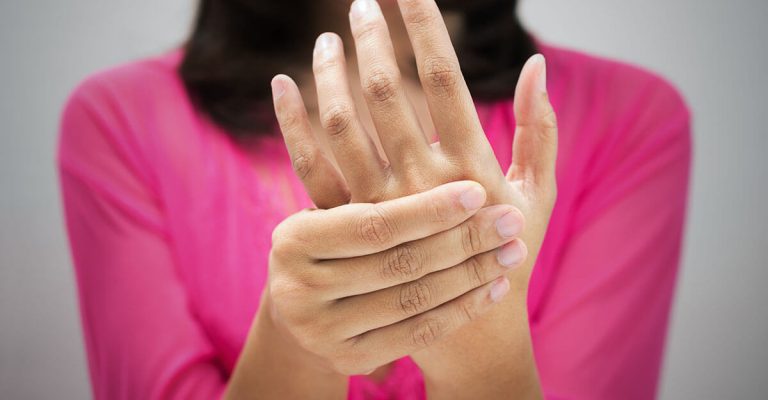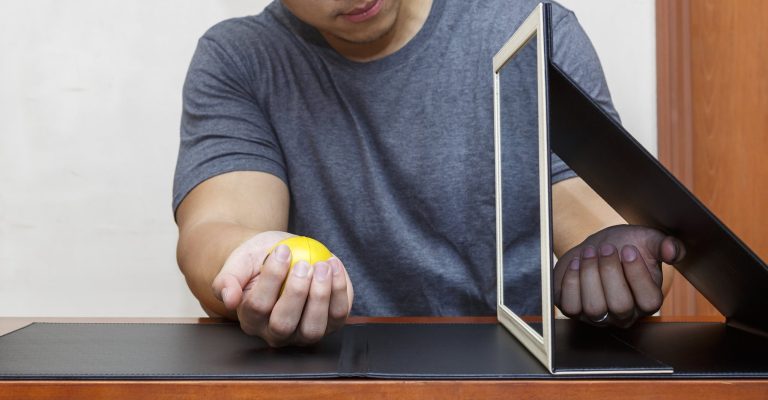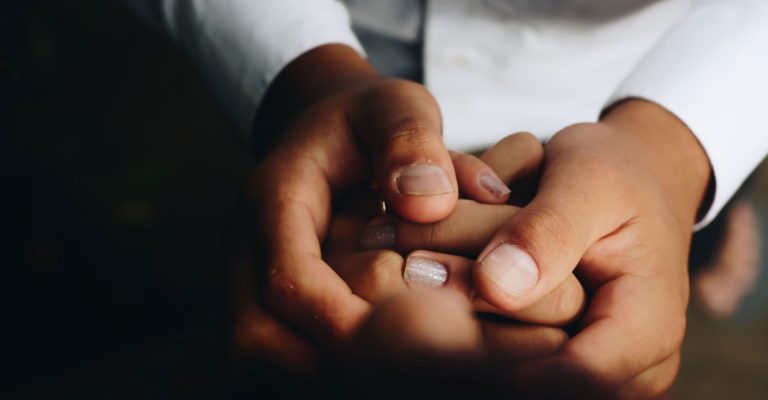
A significant number of people who survive stroke report feeling numbness in their afflicted limbs. This numbness feels very much like one has pins and needles in their arms or legs, which is a common description of the sensation. When a person’s hand or leg is asleep, it is exceedingly difficult for that person to function, and the sleeping limb may occasionally cause discomfort. Stroke survivors have a far more difficult time being functional with their afflicted limbs as a result of this.
The condition known as spontaneous recovery causes the numbness that might occur after a stroke to disappear for some individuals on their own. Those stroke survivors who continue to have some degree of numbness following treatment should have their rehabilitation options investigated so that they might have a better chance of recovering their sensibility.
Everything you need to know about the return of sensation after stroke, including the causes, treatments, and recovery time.
Numbness is experienced by stroke survivors as a result of damaged brain cells. When brain cells are destroyed as a result of a stroke, that portion of the brain has difficulty interacting with nerves as well as cells that govern motor movements.
When brain cells are injured, they have a difficult time processing sensory receptors, resulting in numbness in the afflicted limb.
As a result, post-stroke numbness is typical following a thalamic or occipital lobe stroke since these parts of the brain are important for sensory function. Numbness may develop even if the stroke does not affect certain sections of the brain. If you are experiencing sensory concerns, you should consult with your therapist.

Because each stroke is unique, the return of sensation after a stroke is different for everyone. Some stroke patients may recover spontaneously, with feelings returning on their own. If this occurs, it is generally during the first few months of recuperation.
If the feeling does not return on its own, rehabilitation should be sought. The length of time it takes to recover from numbness is determined by elements that are unique to each individual, such as the site of the stroke and the severity of therapy.
The intensity of therapy has a significant influence on recovery from stroke sequelae. According to studies, stroke victims recover quickly within the first three months but may stay at this level even after five years if rehabilitation is not pursued. The severity of inpatient rehabilitation and a lack of post-acute care, according to researchers, are to blame for this unpleasant situation.
This is not to say that people who have had a stroke for more than three months cannot overcome numbness. Instead, it suggests that therapy should continue well beyond the three-month mark to optimize healing. Even if neurological healing has stalled, functional recovery may last a lifetime.
You may increase your chances of regaining feelings in the afflicted region by enrolling in post-stroke numbness therapy and rehabilitation.
To overcome numbness, it is necessary to retrain the brain using the neuroplasticity principle. According to the principles of neuroplasticity, in order for the brain to rewire itself, repeated workouts must be performed in order to develop new pathways. As a result, as soon as your physicians determine that you are stable and appropriate for treatment, you should begin working with an occupational therapist, a physical therapist, and, if necessary, a speech therapist.
Here are the top treatments and rehabilitation strategies for stroke numbness:
Post-stroke numbness differs from other kinds of numbness in that the problems start in the brain rather than the local tissue. As a result, sensory retraining, also known as sensory reeducation, is the most widely used method of treating numbness. This rehabilitation strategy is based on a phenomenon known as neuroplasticity, which refers to the brain’s inherent capacity to rearrange and rewire itself in order to acquire new functions.
Sensory retraining aims to retrain the brain to interpret your sensations via various touch-based activities.

Mirror therapy is most typically used to aid motor recovery in hand after a stroke, particularly when hand mobility is severely impaired. As a result, it is an excellent rehabilitation therapy for post-stroke hand paralysis. Mirror treatment has also been demonstrated to assist enhance feeling after a stroke.
It works by putting a tabletop mirror over the afflicted person’s hand. The survivor then does different hand treatment activities with their unaffected hand while looking in the mirror. This promotes neuroplasticity by activating mirror neurons in the brain.
Acupuncture is a complementary medical practice that includes putting tiny needles into particular acupoints on the body. Electroacupuncture is when electrical stimulation is administered to the needles after they have been inserted.
Electroacupuncture has been found in studies to promote neuroplasticity in stroke patients with somatosensory impairments (like numbness). The research found that patients responded better to tactile stimulation (similar to sensory retraining exercises) than electroacupuncture, although both improved neuroplasticity and stroke recovery.
When the brain is unable to receive sensory information from the skin, numbness ensues. It is not caused by skin problems; rather, it is caused by the brain’s inability to absorb sensory information.
Occasionally, sensation returns to the region on its own (spontaneous recovery). In other cases, therapy is necessary to harness the power of neuroplasticity and assist retrain the brain to handle sensory information, which can help in the return of sensation after stroke.
Sensory retraining exercises, mirror treatment, and even electroacupuncture are all effective rehabilitation approaches. Request assistance from your therapist in getting started with sensory retraining. You may also ask for advice on how to enhance your everyday safety, such as being cautious in the kitchen.
First and foremost, you should never stop having hope. If you act to enhance your health, your chances of making a full recovery will increase, regardless of whether or not your recovery will be spontaneous.